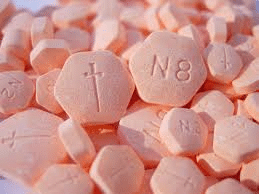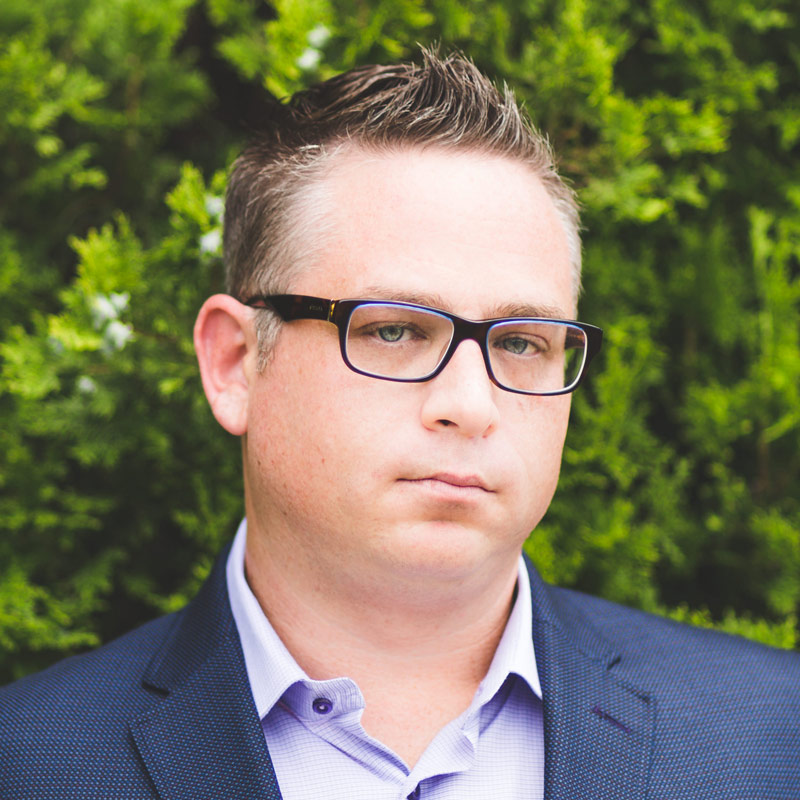Suboxone is a medication that is used to help people looking to stop taking heroin, painkillers, or other opioid drugs. The medication contains the active ingredients buprenorphine and naloxone.
Buprenorphine is a chemical that helps alleviate the symptoms associated with withdrawal from opioid addiction. Alternatively, the chemical naloxone is used to block the effects of opioids when taken by someone who has an opioid addiction.
It should be noted that naloxone does not block the effects of buprenorphine. Naloxone is intended to block the effects that opioids (like heroin or morphine) have on a person who has been using those substances for an extended period of time.
The infamous ‘pink tablet’–sometimes colloquially called pink suboxone, is actually a specific medication, brand name Subutex, that is produced as a sublingual tablet. This formula is effective when it is dissolved under the tongue, as opposed to being swallowed like a pill. Like all other forms of Suboxone, Subutex is taken on a regular schedule, usually every eight hours.

There are also two different types of this medication: one without a time-release coating and one with a time-release coating. This special coating ensures that you get the right amount of medication dispensed at the right time throughout the day.
If you are given a prescription for Subutex, it is important to stay on a timed-schedule as closely as possible for about four months before gradually decreasing your dosage over time. Eventually, you will taper off the medication completely, but this can take an additional three months or more. The amount of time it will take for you to stop taking your dose altogether is dependent on how long you have been addicted to opioids, combined with the strength of the dose you were taking.
Buprenorphine is a partial opioid agonist, which means that its chemical composition is formulated to specifically bind to the same receptor sites in the brain as other opioids like heroin or morphine do. When Naloxone is used in conjunction with similar medications, it has the ability to block those receptors in the brain as well, but this is not the case when it is used as a stand alone medication.
The combination of these two drugs helps people with opioid addiction manage their cravings for painkillers or heroin by reducing symptoms that are commonly associated with withdrawal such as anxiety, agitation and nausea, without the risk of producing a high.
How Is It Taken?
The pill is taken orally in tablet form and is placed under the tongue where it dissolves into the bloodstream more rapidly. The tablet can also be dissolved in a glass of water or juice or injected into the muscle if necessary.
Suboxone does not cause an intense euphoric high like some opioids do, such as heroin, because it can take longer to reach peak concentrations in the bloodstream.
Instead, it can provide relief from withdrawal symptoms within hours after being administered. Its effects typically last around 24 hours and during this time there is less likelihood of relapse to other addictive substances than there would be with detoxification alone.
Suboxone can help people suffering from heroin or prescription painkiller addiction break their addictions without experiencing any withdrawal symptoms. The long-acting effects of Suboxone also make it ideal for treating chronic pain without the risks associated with taking opiates over a long period of time.
What Are the Benefits of Using Suboxone in Addiction Treatment?
Opioid addiction is a very serious condition that often requires treatment to be successful. There are a variety of drugs that can be used to treat opioid withdrawal, but Suboxone is one of the more popular options. This drug contains two substances: buprenorphine and naloxone.
Buprenorphine suppresses withdrawal symptoms such as pain, nausea, vomiting, diarrhea, and muscle aches caused by opioid use while naloxone blocks the effects of other opiates such as heroin or OxyContin so that the user does not get high from taking it.
These two drugs together provide relief from withdrawal symptoms without causing the euphoria associated with opioids.
Are There Any Risks Associated with Using Suboxone?
Unfortunately, not everyone can recover from addiction on their own. The good news is that there are a variety of medications out there that may be able to help with cravings, withdrawal symptoms, and more.
If you’re looking for help for yourself or a loved one, it’s important to do your research first so that you know what to expect from the medication you plan on taking. Remember, some people may be allergic to certain medications, so make sure to speak with your doctor before taking anything new.
Other than the risk of an allergy, most side effects associated with this medication are mild and usually don’t require any medical attention. Talk to your doctor if you have questions about any potential risks associated with this treatment option.
Regain Your Life from Addiction at Maryland Addiction Recovery Center
For people who are struggling with addiction, it’s not just about stopping drug use. It’s also about stopping the cravings.
This is where treatments such as medication-assisted treatment at Maryland Addiction Recovery Center come in. Subutex aka Pink suboxone is a medication that can be used to treat opioid addiction by eliminating physical cravings for opioids while still allowing users to function normally. The experts at Maryland Addiction Recovery Center can help you find out if pink suboxone may be able to help you get back on track with your life!
If you or someone you know needs help for addiction or co-occurring disorder issues, please give us a call. Maryland Addiction Recovery Center offers the most comprehensive dual diagnosis addiction treatment in the Mid-Atlantic area. If we aren’t the best fit for you or your loved one, we will take the necessary time to work with you to find a treatment center or provider that better fits your needs. Please give us a call at (866) 392-1424 or email our team at info@marylandaddictionrecovery.com.
